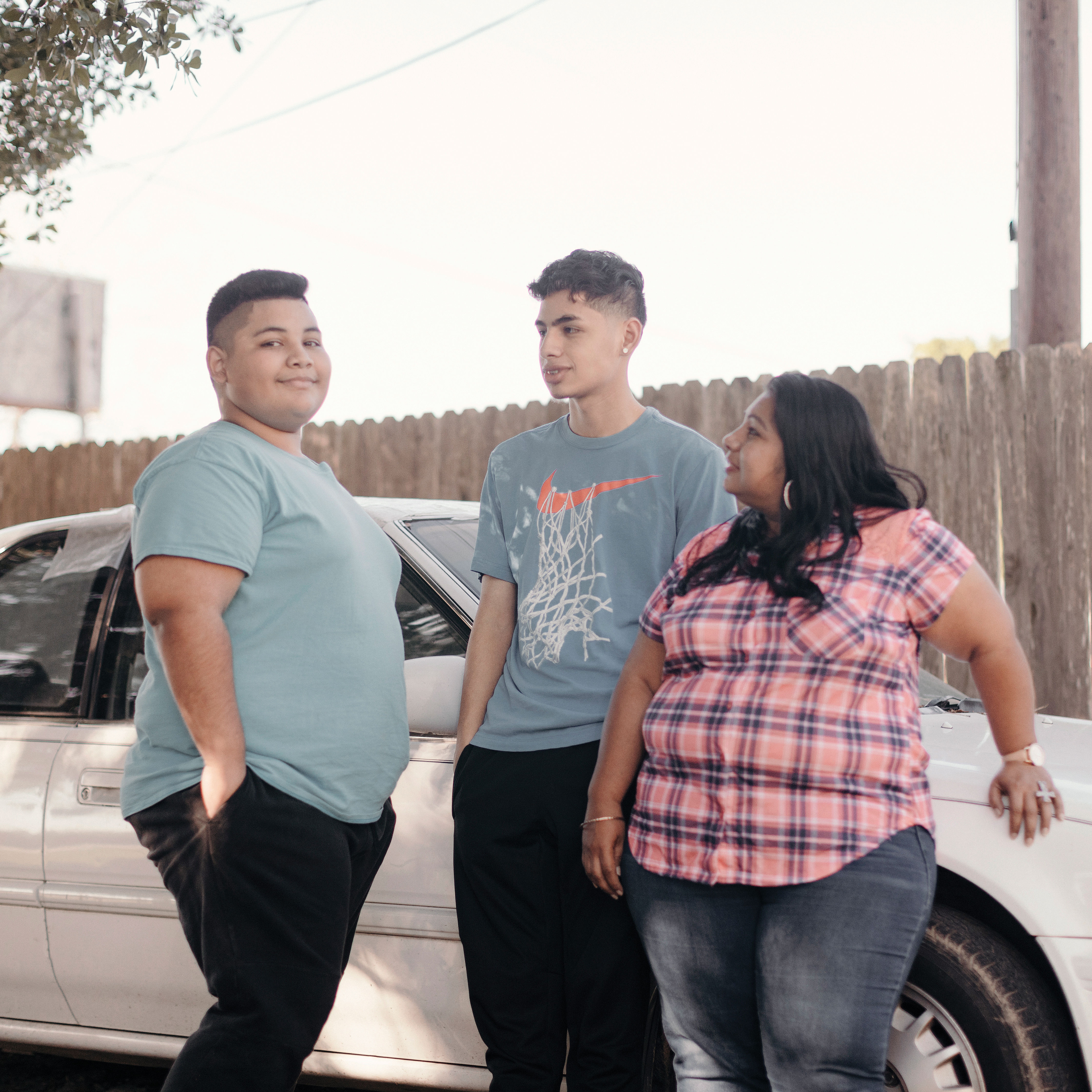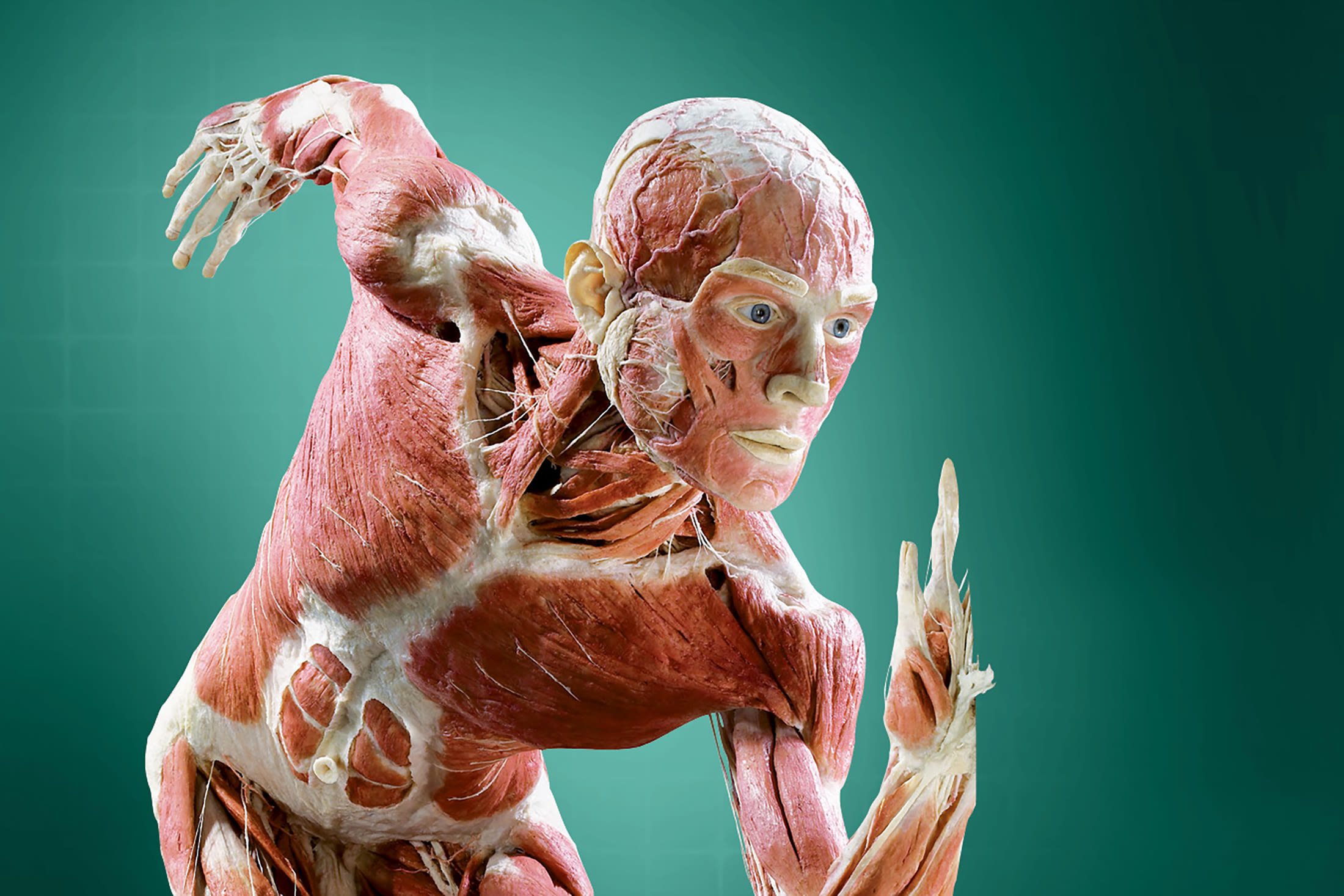Three Myths About Kids and Pet Allergies, Explained

Image: Dana Parker
YES, OUR KIDS ARE BIOLOGICALLY PART OF THE FAMILY, but often it feels like our pets can be, too. No matter who came first—the pet or the baby—parents want to rest assured that their house is a healthy environment, not one that leaves their kids with itchy eyes, constant sneezing, or worse, chronic sinus issues brought on by pet dander and allergies.
The issue of when and if pets should be introduced to kids has been up for debate among allergists for years, but recent studies lead many to believe that the family unit can and even should include pets. Dr. Dat Tran, an allergist and immunologist at Innovative Allergy Clinic and in affiliation with Children’s Memorial Hermann Hospital, puts truth to a few of the common myths about kids and pet allergies.
Not having pets will stop kids from developing pet allergies. — False
The development of pet allergies is not caused by exposure to pets, Tran says. Though findings in the ’90s linked the two, Tran says the likelihood that a kid will show immune responses (itchy eyes, sneezing, etc.) to pets is independent from their environments. “Having a dog doesn’t mean that it will cause the child to develop a dog allergy,” Tran explains. “Whether a child develops a dog allergy or not is based on the immune selection going on in the child’s body.”
Keeping kids away from pets will prevent them naturally from showing signs of a pet allergy, but it will not keep it from developing. “It’s just like how there are patients who are peanut allergic but don’t have any reactions until later on, when they finally eat a peanut,” Tran says.
If there’s a possibility that my future kid is allergic, I should get rid of my pet or not get one in the first place. — Not exactly
Though not exposing kids to pets is the only surefire way to avoid an allergic reaction, Tran recognizes that this is not only difficult for pet lovers like himself, but also not entirely necessary.
Research has shown that having pets in the home can actually reduce the risk of kids having negative reactions. Though they might look adorable, pets that go both inside and outside make a home less hygienic by nature, which according to Tran, can be a good thing. Based on what’s called the hygiene hypothesis, by bringing some of the outside in, pets present humans’ immune systems with unfamiliar microbes to detect and defend against internally, leaving less of a chance for the body to react to less dangerous allergens, such as pet dander. In line with this theory, the less sterile an environment a kid grows up in, the less likely they are to suffer from serious allergies long term.
A hypoallergenic dog is the only solution if I have kids with pet allergies and want to be a pet owner. — Maybe
“When in doubt, get a hypoallergenic [pet],” says Tran. But still, he admits, this plan isn’t fool-proof. Contrary to popular belief, kids and adults who are allergic to pets are not reacting to pet hair, but proteins present in their saliva, urine, and dander. This means that no pet, regardless of shedding or hair length, is truly allergen-free. If a child typically has a strong allergic reaction to pets, there’s a good chance they will still have some sort of reaction to a hypoallergenic dog or cat, though it may be a less aggressive one.
Too, Tran says that immune modulation, allergy shots, and nasal rinses can go a long way. Though these types of treatment will never reverse an allergy, they can improve kids’ health, lead to fewer infections, and make their reactions to dander more manageable.















